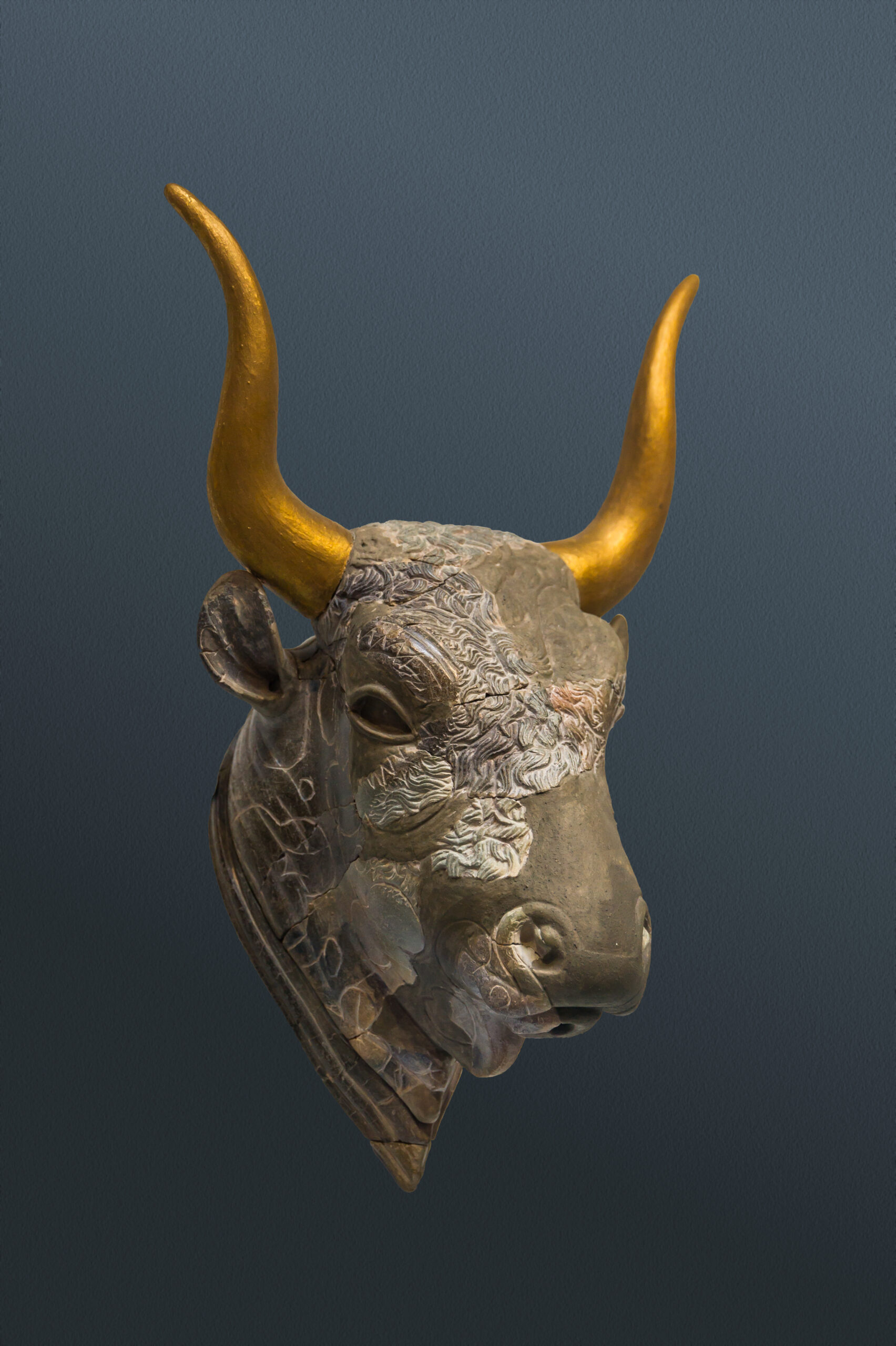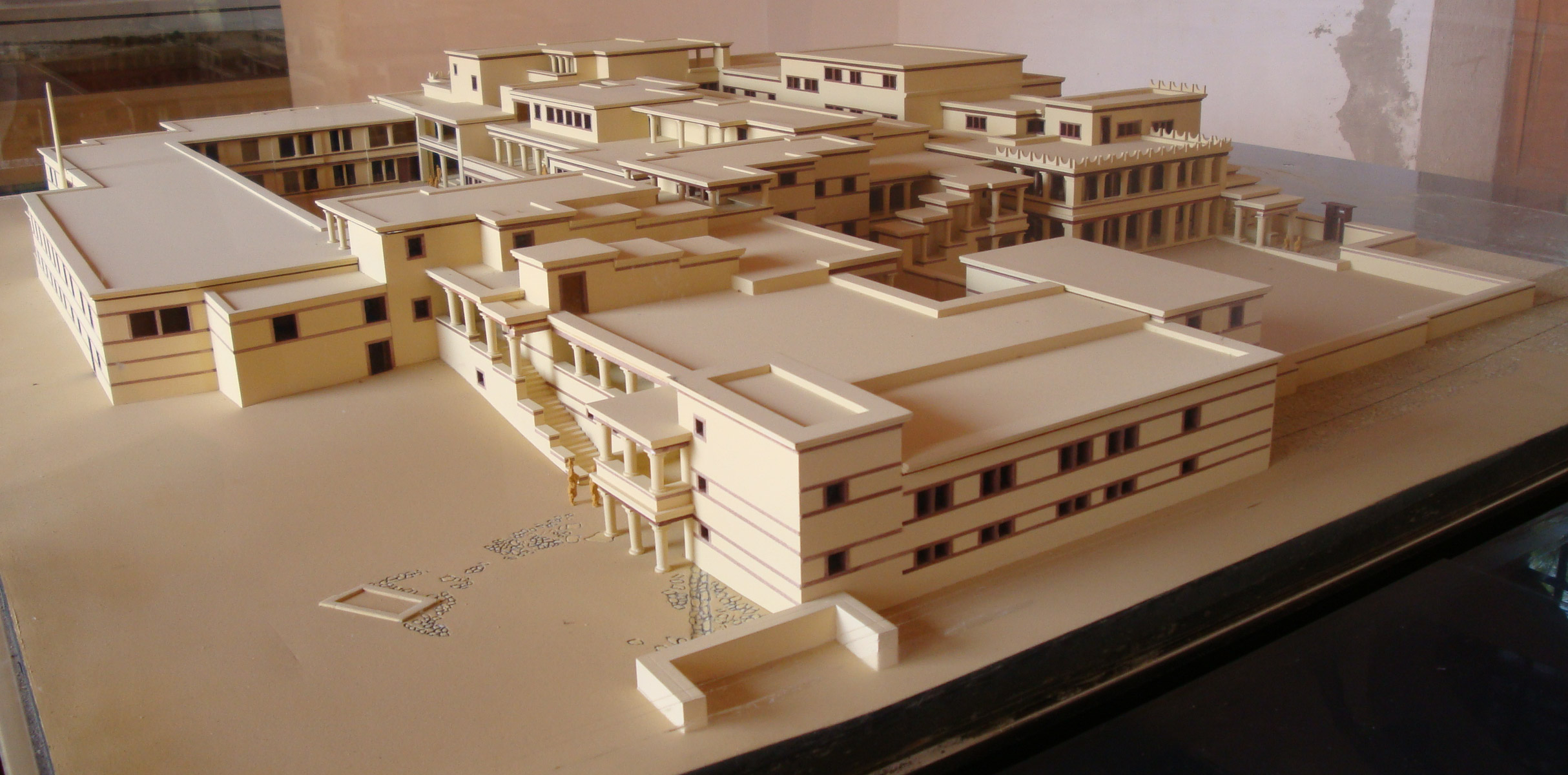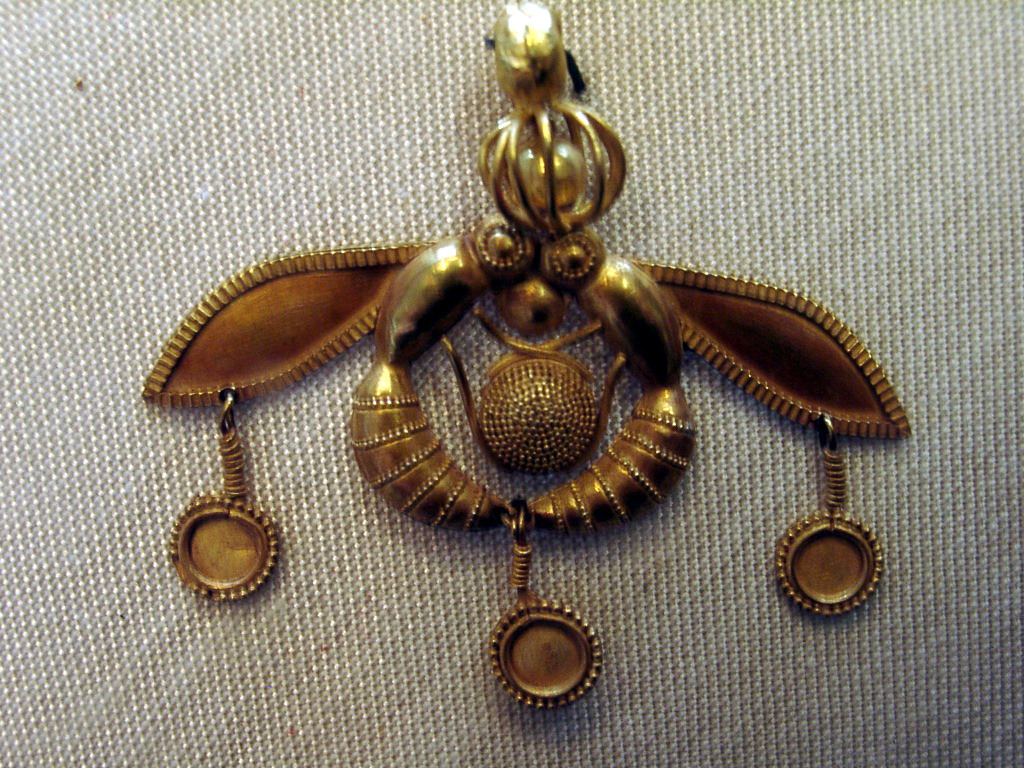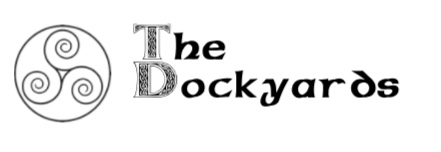Malia And Zakros, Two Important Minoan Palaces
The Minoans, an advanced Mediterranean culture and civilisation of the Bronze Age with a beautiful art, are still predominantly mysterious and captivating to both researchers and enthusiasts of the past. Among the most interesting aspects of their bygone civilisation is their palatial system which continues to fascinate historians, archaeologists, and fans of ancient history alike. While the most complex and well-known Minoan palaces are by far those of Knossos in Heraklion and Phaistos in the municipality of Faistos in southern Crete, two lesser known yet important ones are also those of Malia and (Kato) Zakros.
The Minoans were excellent traders and navigators. The wealth which they exchanged through trade (e.g. with ancient Egypt) boosted their economy and enriched their civilisation on Crete throughout the passage of time. The story of their rise and downfall was deemed noteworthy enough to serve as a candidate for the inspiration behind the myth of Atlantis, as recounted by Plato in his two dialogues entitled Timaeus and Critias. The Minoans however were not the only civilisation which suffered from natural cataclysms in the past, thereby making them only one (not the one and only) of the other potential candidates for the inspiration or influence behind this ancient myth.
Heading back to the ancient Minoan palaces of Malia and (Kato) Zakros, these two important Cretan archaeological sites are definitely worth mentioning and exploring in the context of the complex Minoan palatial system (which went modifications as these palaces were rebuilt in the wake of natural cataclysms represented by earthquakes and tsunamis). The archaeological site of (Kato) Zakros is located in eastern Crete in the regional unit of Lasithi. It is a popular tourist attraction for the ruins of the once thriving palace of Zakro which was originally constructed in 1900 BC and was destroyed by a large earthquake in circa 1700 BC. A new palace was built on the ruins of the original one but that in turn was destroyed by another earthquake in 1450 BC.
Additionally, the palace of Zakro is also a UNESCO World Heritage Site (designated as such along with other Minoan palaces in 2025). The ruins of the Minoan palace of Zakro can still be observed to date. A series of archaeological artefacts were unearthed on the site of this former thriving Minoan palace (e.g. seals, a libation vase, an ingot, or a pythos, i.e. large storing jar, with an inscription in Linear A describing a consistent quantity of wine). The site of the palace was excavated for the first time at the round of the 20th century, more specifically in 1901, and then once more between the years 1961 and 1992. The archaeologists involved in this process were D. G. Hogarth and N. Platon. The Minoan palace of Zakro is the smallest of all Minoan palaces.

The ruins of the former Minoan palace of Zakro in Zakros, eastern Crete, as seen in 2005. Image source: Wikimedia Commons (author: Wikimedia Commons user Vladimír Držík, work released in the public domain)

Bull head with golden horns from Zakros, now on display at the Heraklion Archaeological Museum. Image source: Wikimedia Commons (author: Wikimedia Commons user Jebulon, under CC0 licence, therefore available in the public domain)
The palace of Malia, another important Minoan palace and the second one making the subject of this article, is situated in northern Crete, in the area of Heraklion (the island’s largest city). Located 35 kilometres east of the site of the ancient palace of Knossos and in the proximity of the coastal town of Malia, the palace of Malia was the third most important of its kind during the Late Minoan I period. During the Late Minoan IB period the palace was destroyed. As in the case of the previously described palace of (Kato) Zakros, important archaeological artefacts were unearthed from this site as well, most notably a beautiful bee pendant, a relief ornament depicting a sphinx (signifying and exemplifying the influence that ancient Egypt had on the ancient civilisation and culture of the Minoans), or an offering table.

The miniature model of the ancient Minoan palace of Malia. Image source: Wikimedia Commons (author: Wikimedia Commons user Yu.Denisov, work released in the public domain)

The beautiful bee pendant found at Malia, dated to the period 1800-1700 BC. Image source: Wikimedia Commons (author: probably Wikimedia Commons user Francois C, based on copyright claims, work released in the public domain)
As the Minoans became weaker because of the natural cataclysms which shattered their civilisation during the Bronze Age, they were subsequently conquered by the Mycenaeans (i.e. the mainland Greeks) in circa 1400 BC, with their culture standing in the shadow of that of their conquerors before being ultimately assimilated into it over the passage of time. Before fading out, the Minoan culture and civilisation influenced the Mycenaeans prior to their conquest of Crete. The Mycenaeans and Minoans thus became the ancestors of the ancient Greeks.
Documentation sources and external links:
- Bavarian fairy tale castles and French Carnac Megaliths among new UNESCO World Heritage sites on www.euronews.com
- Search entry for Zakros on www.britannica.com (Encyclopædia Britannica online)
- Zakros on www.wikipedia.org (in English)
- The Minoan Palace of Zakros on www.minoancrete.com
- Zakros – Ancient Greece on www.ancient-greece.org
- Malia (archaeological site) on www.wikipedia.org (in English)
- Malia on www.minoancrete.com
- History of Greece/Minoans on www.wikibooks.org
- Mycenaean Civilization on www.worldhistory.org (article by Mark Cartwright)
- Richard Tames. „Lumea antică”. Maeștrii cunoașterii. Editura Erc Press. p. 5. ISBN 973-706-592-1 (in Romanian)

